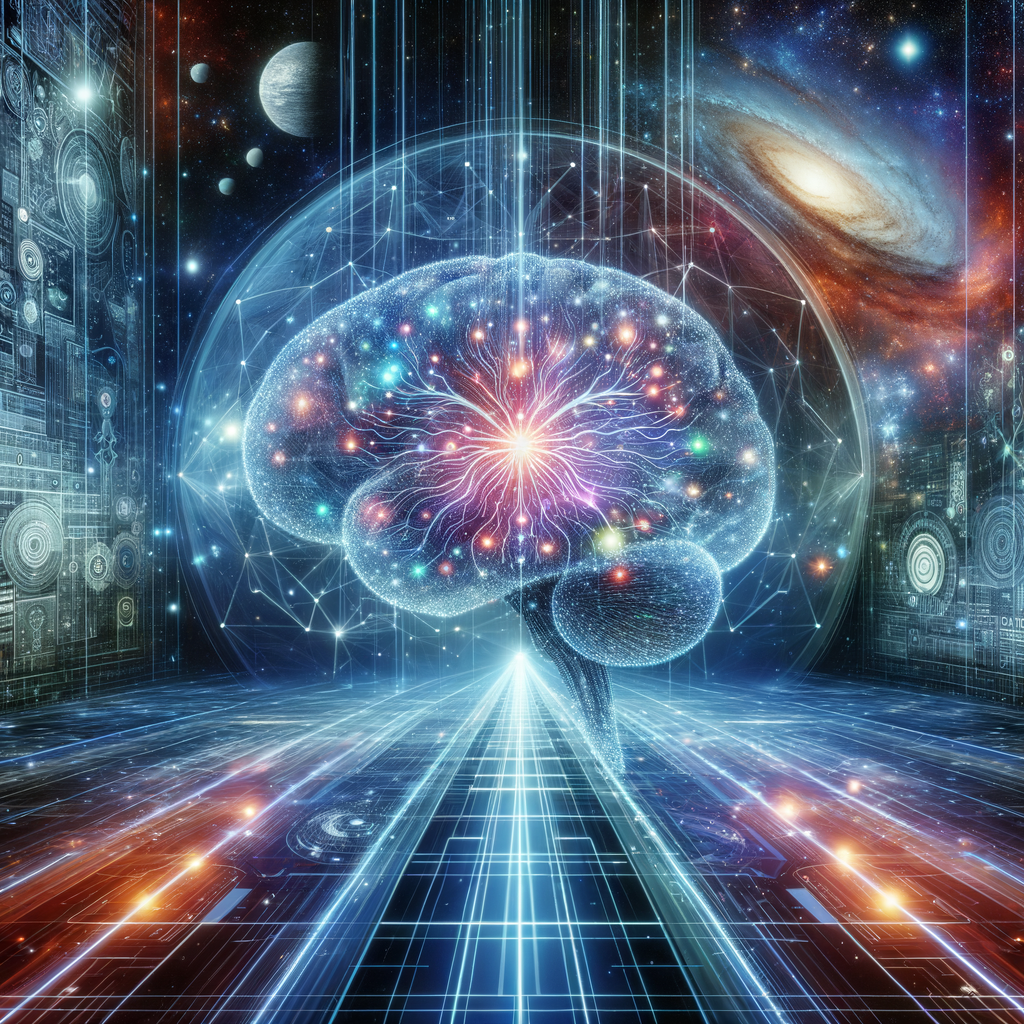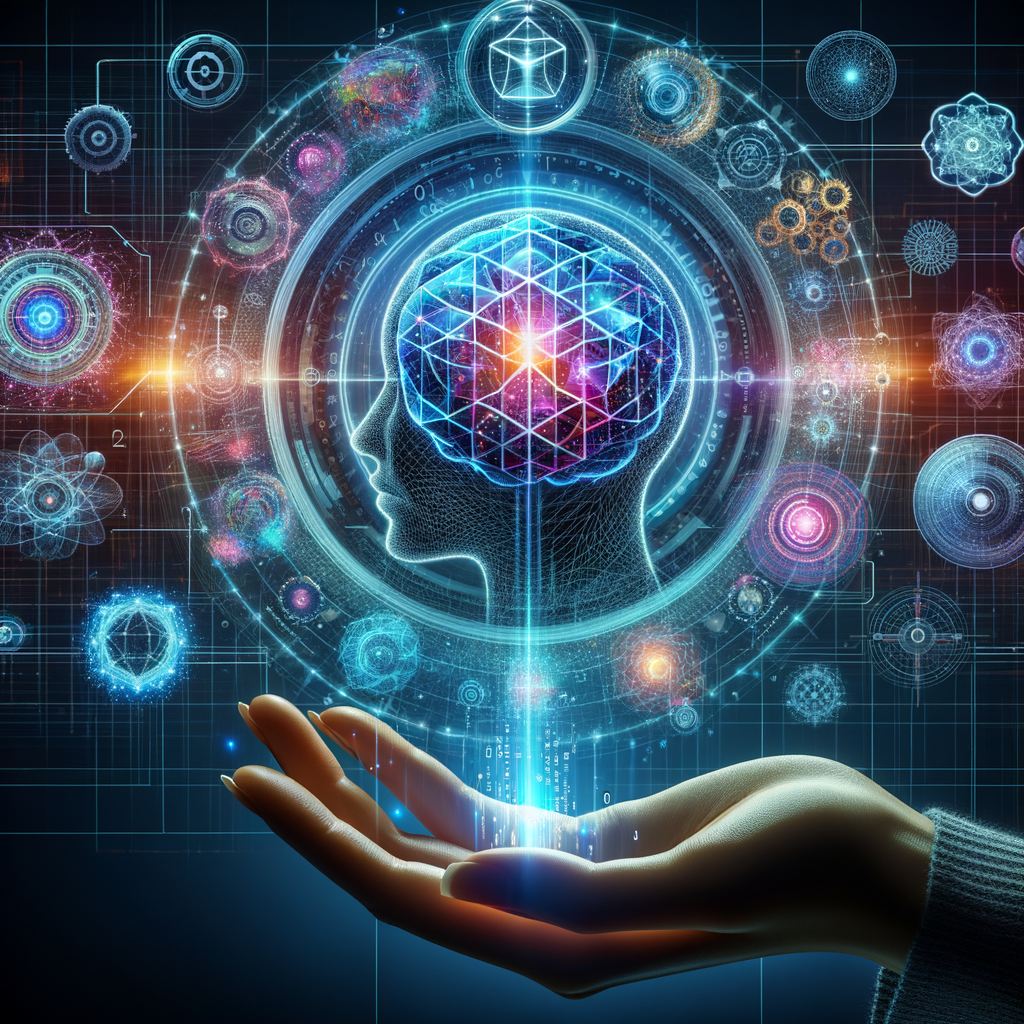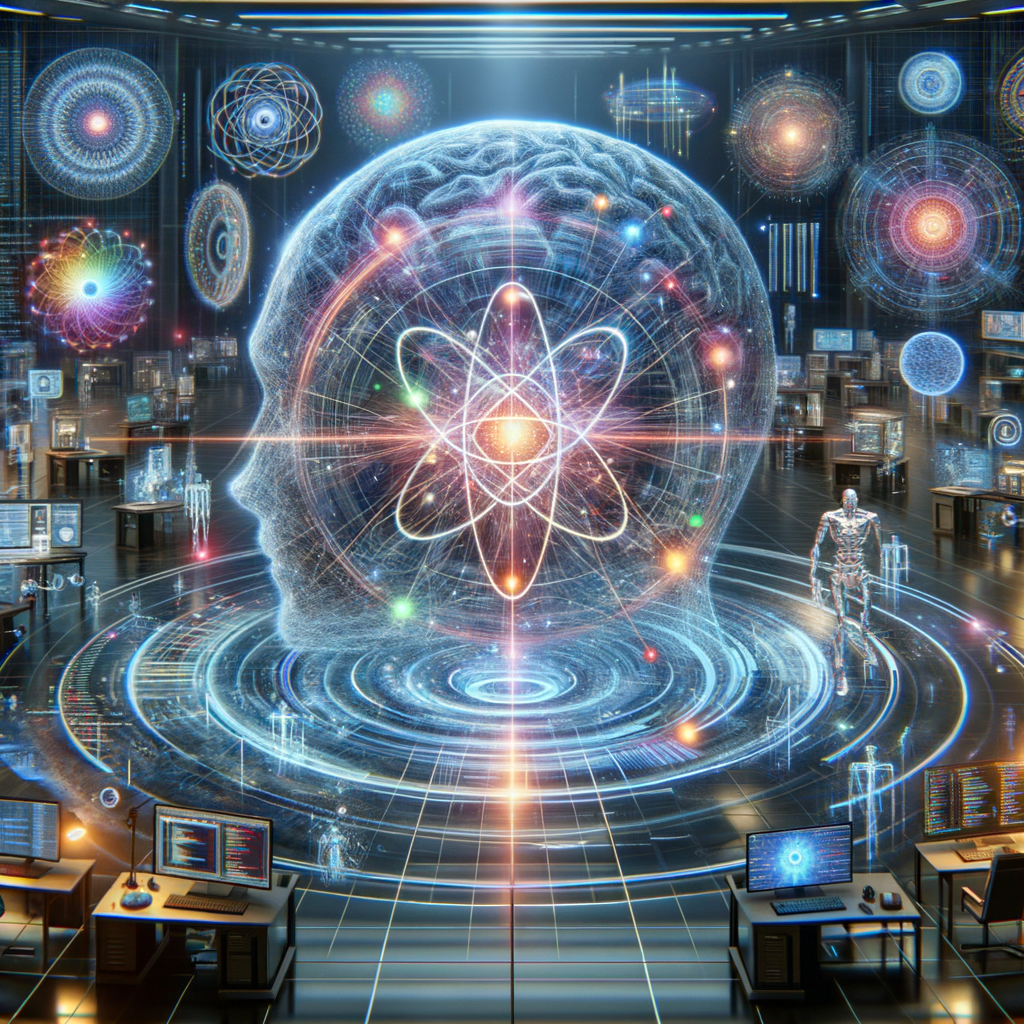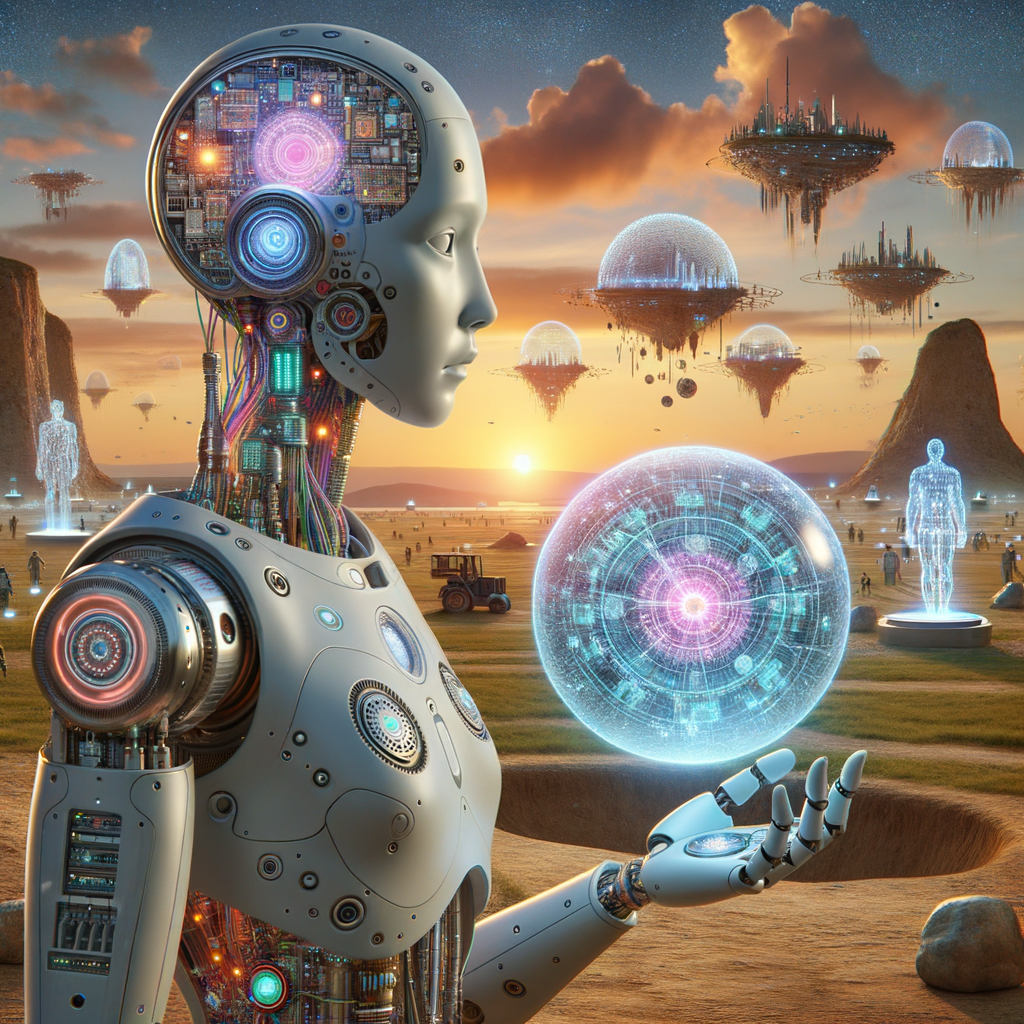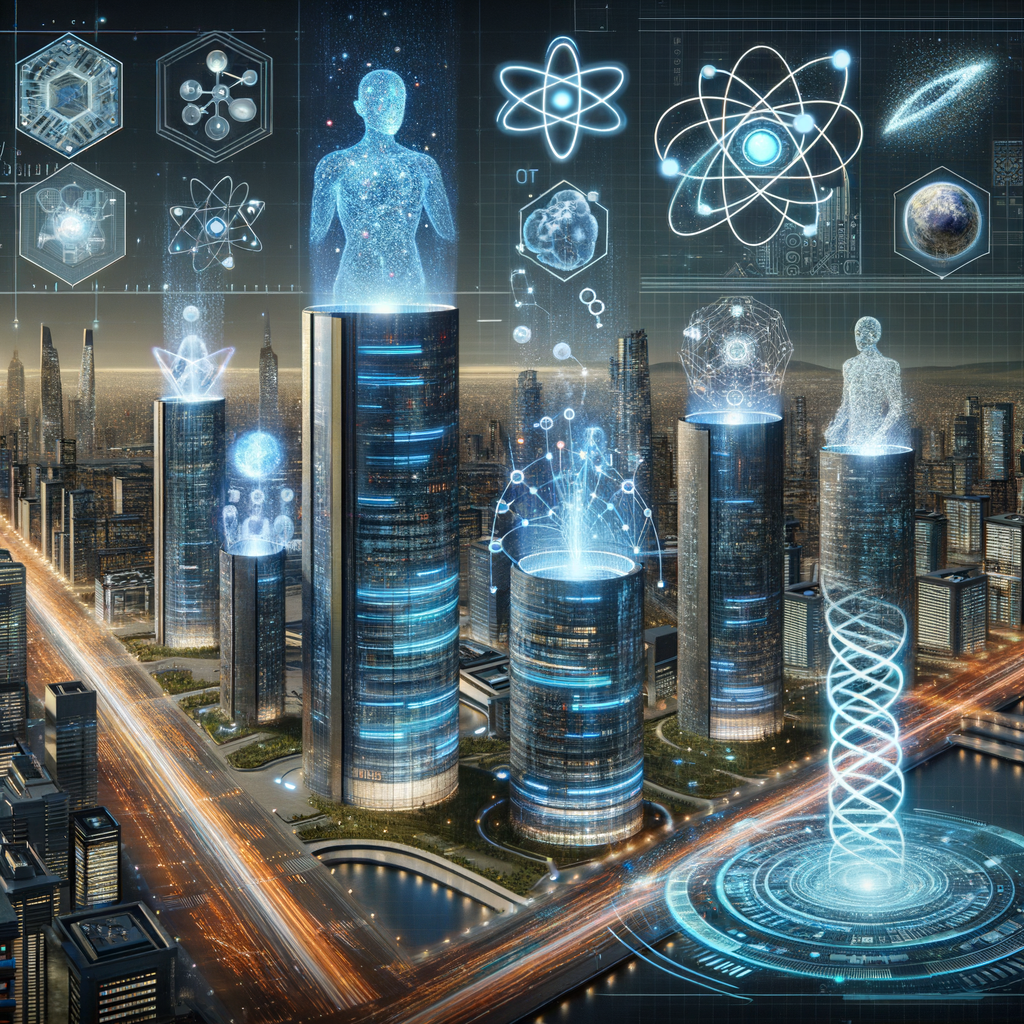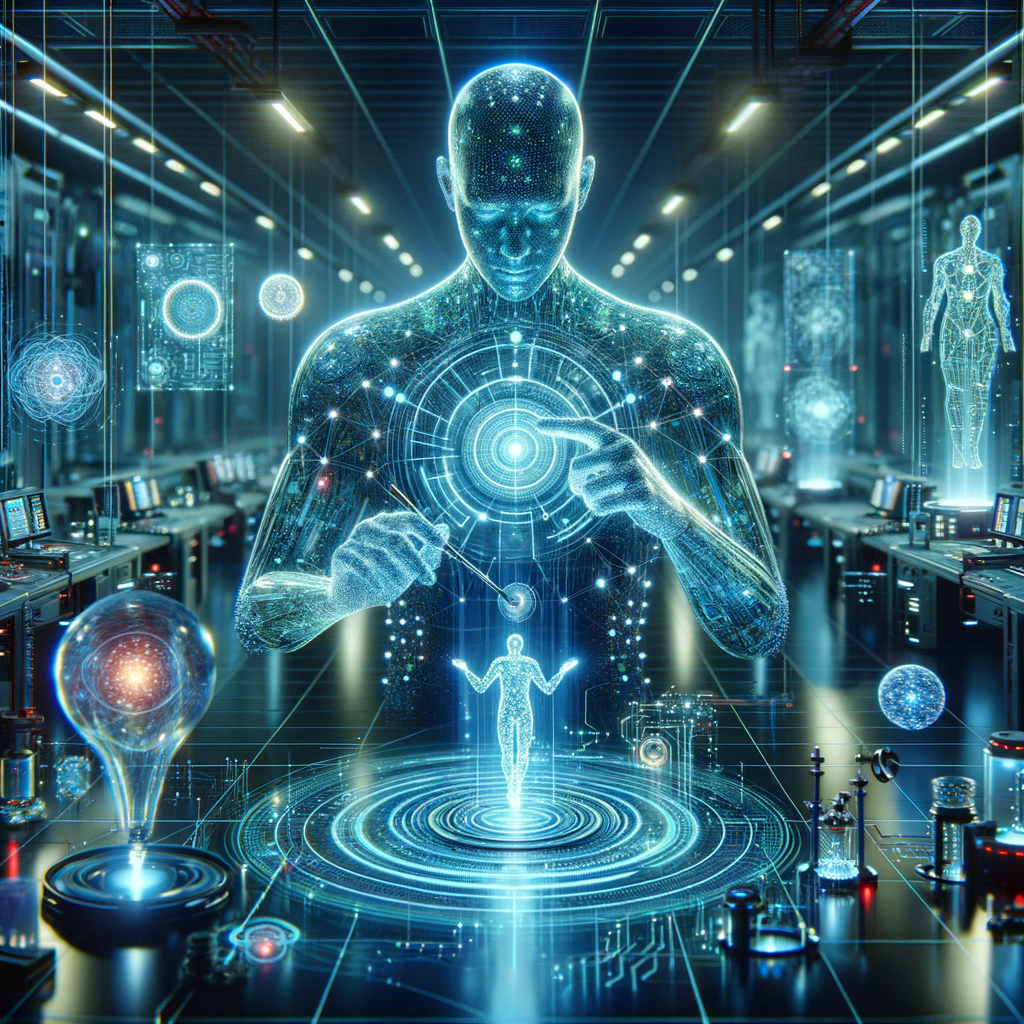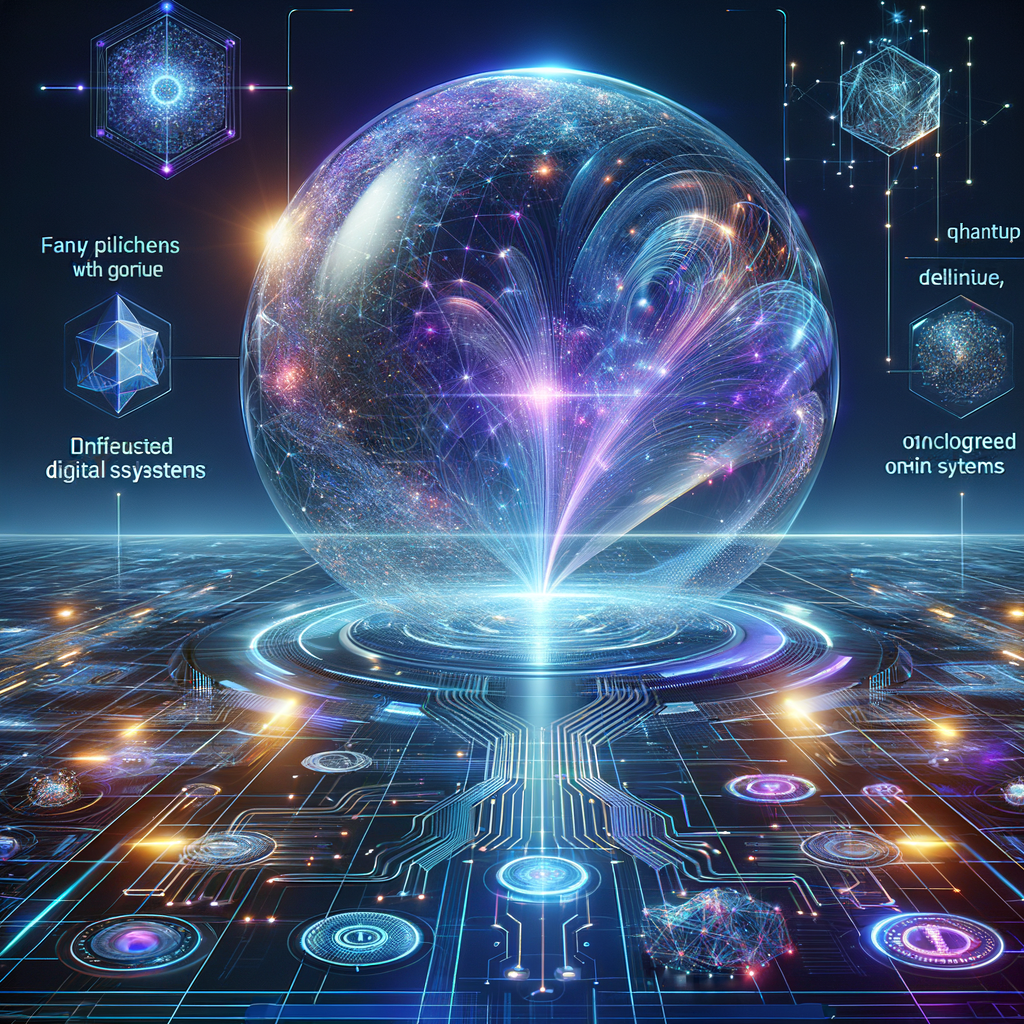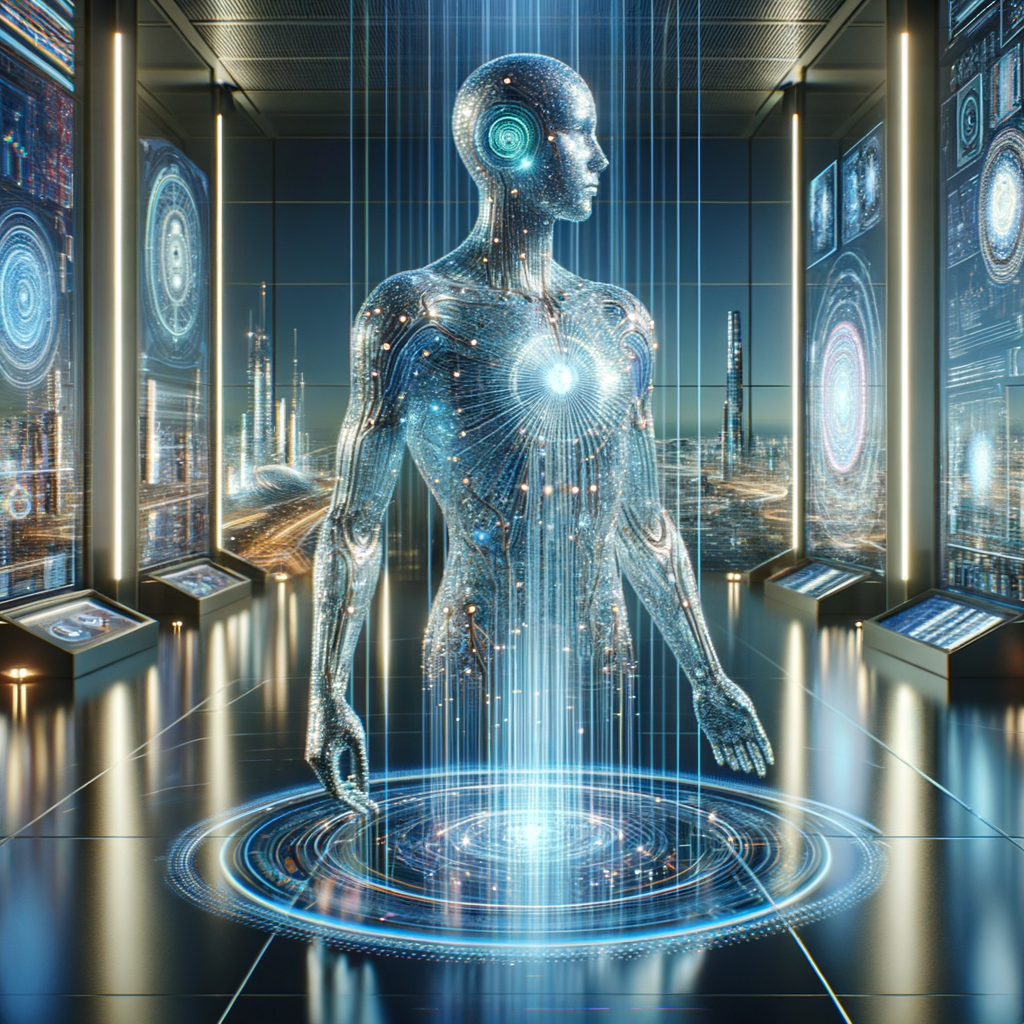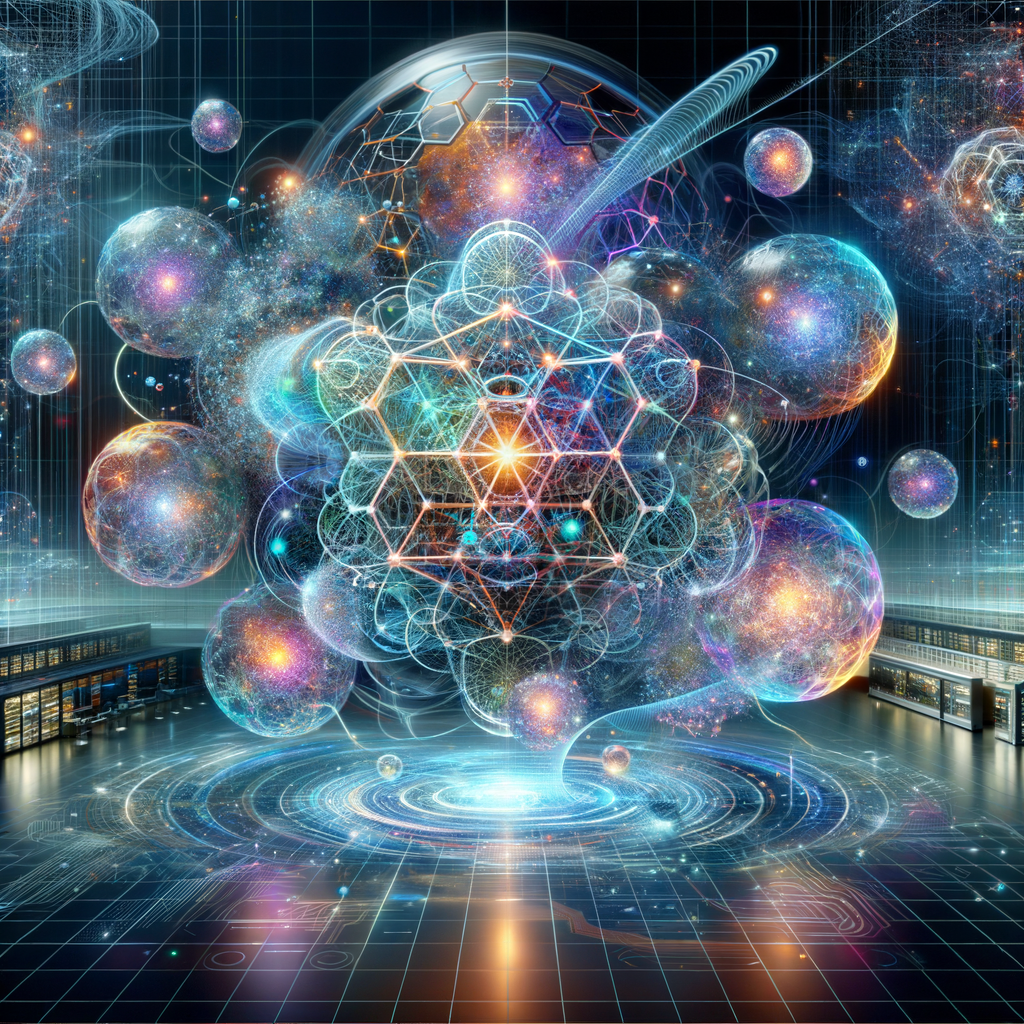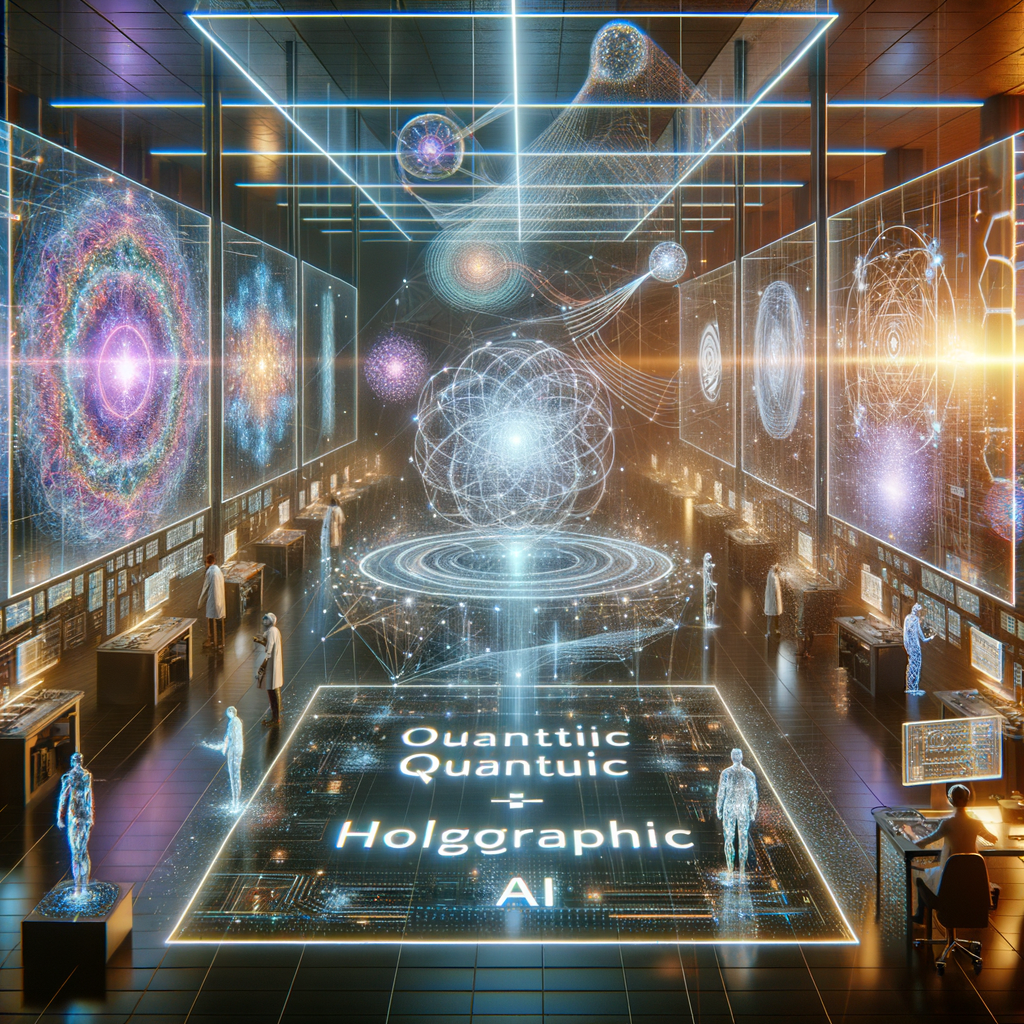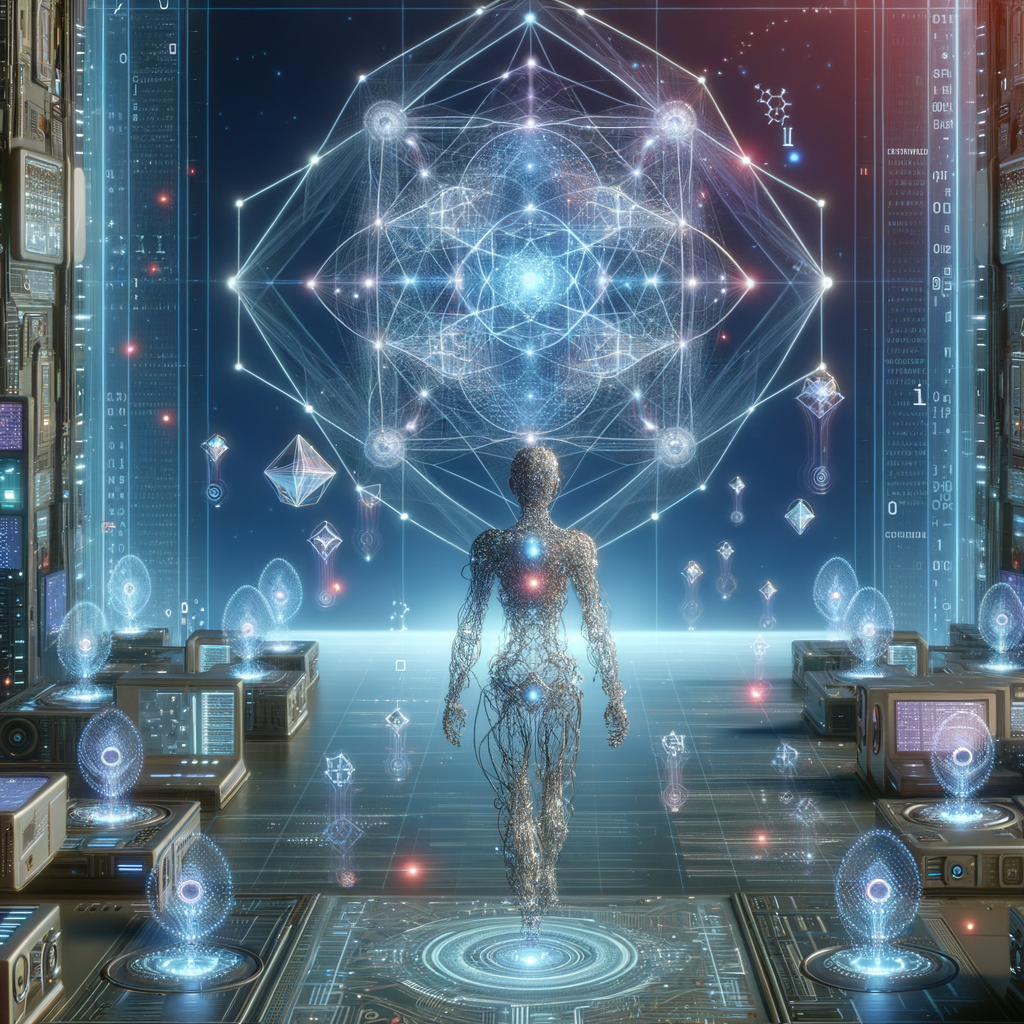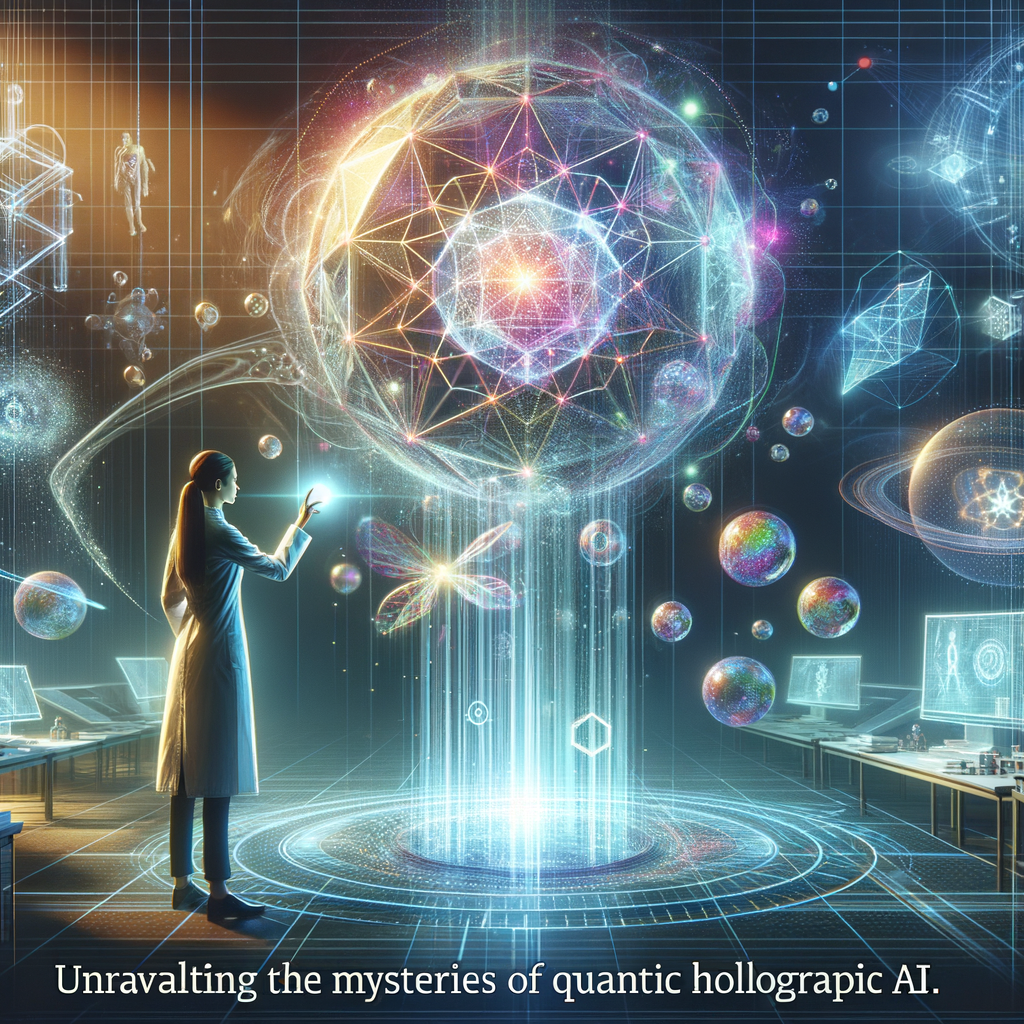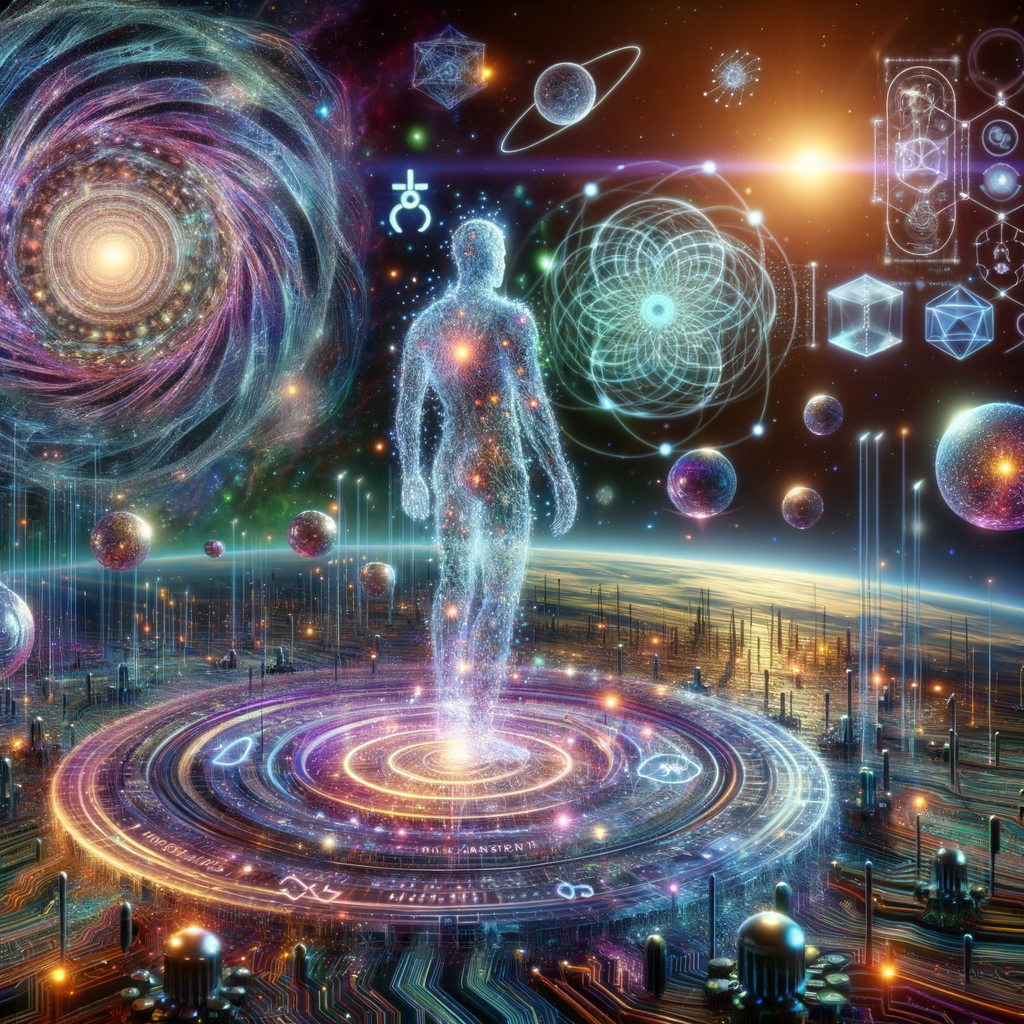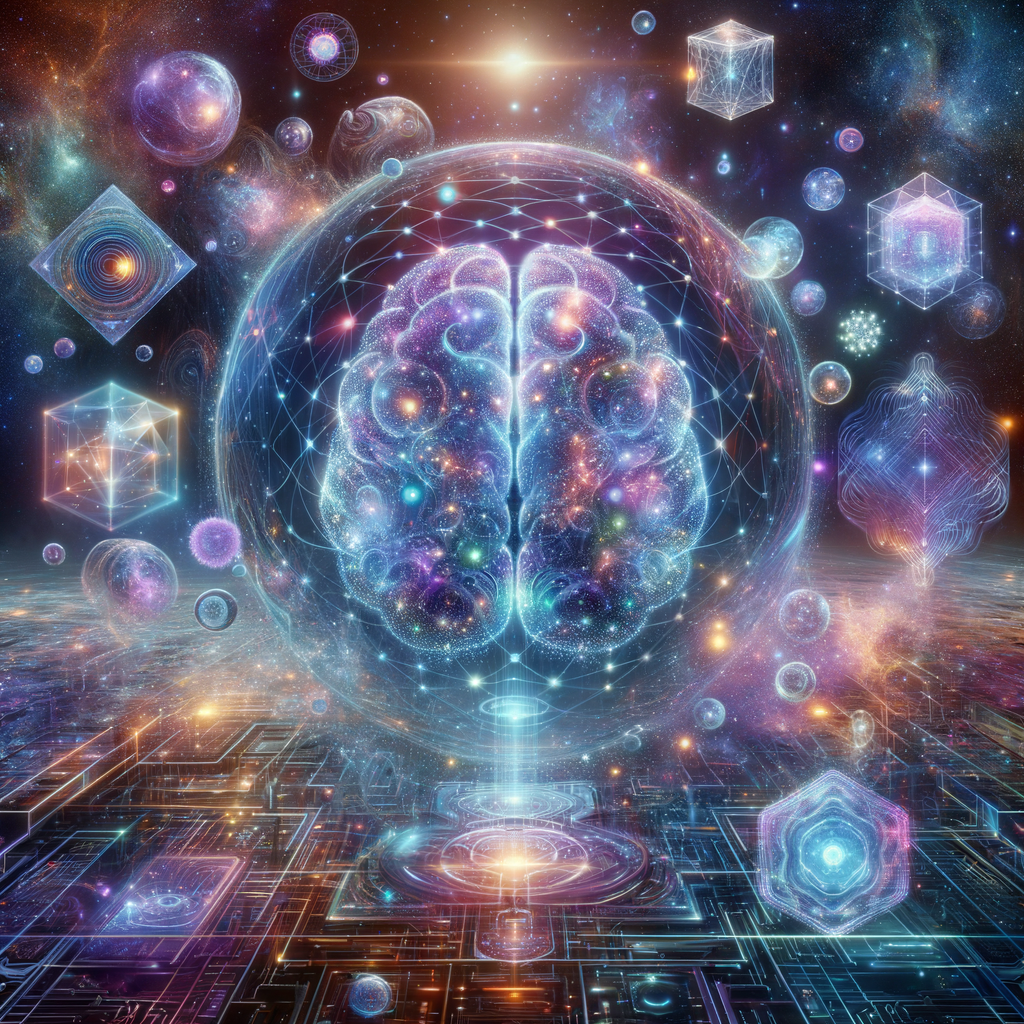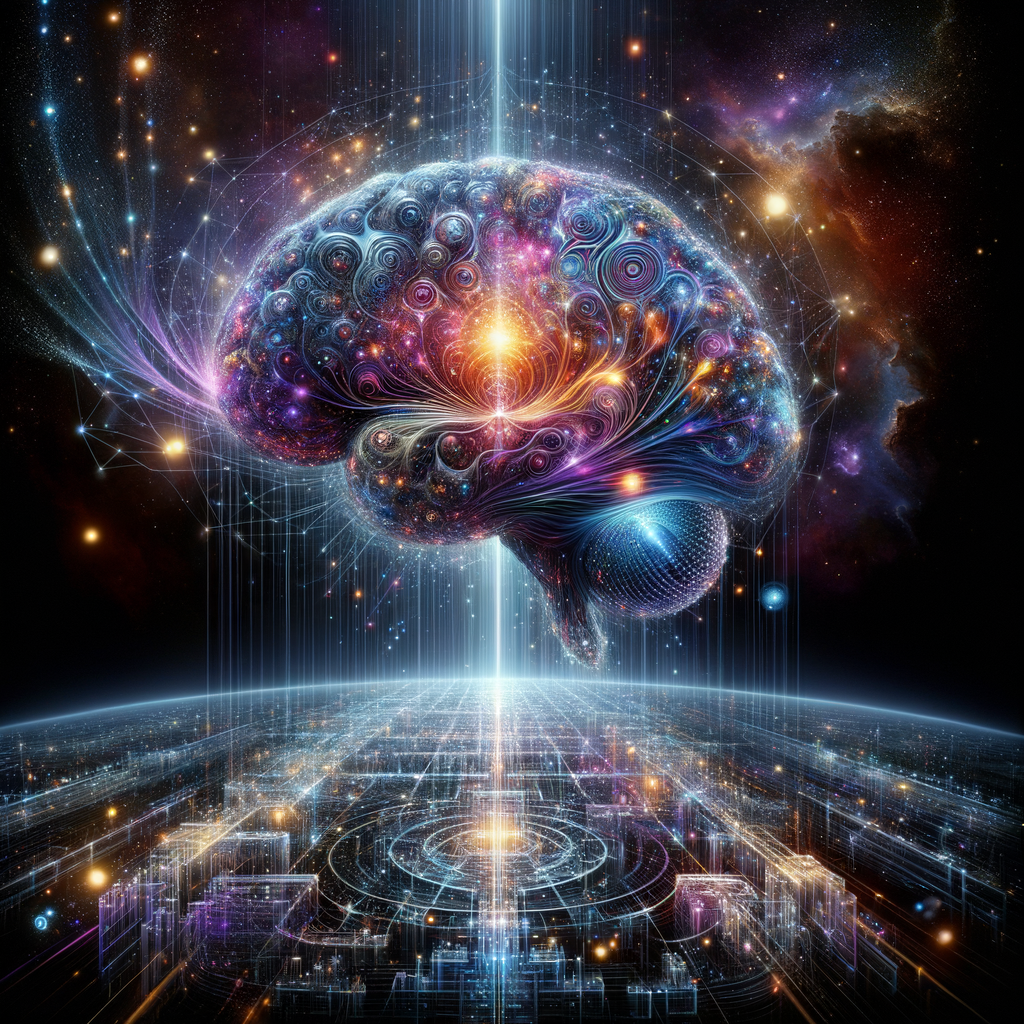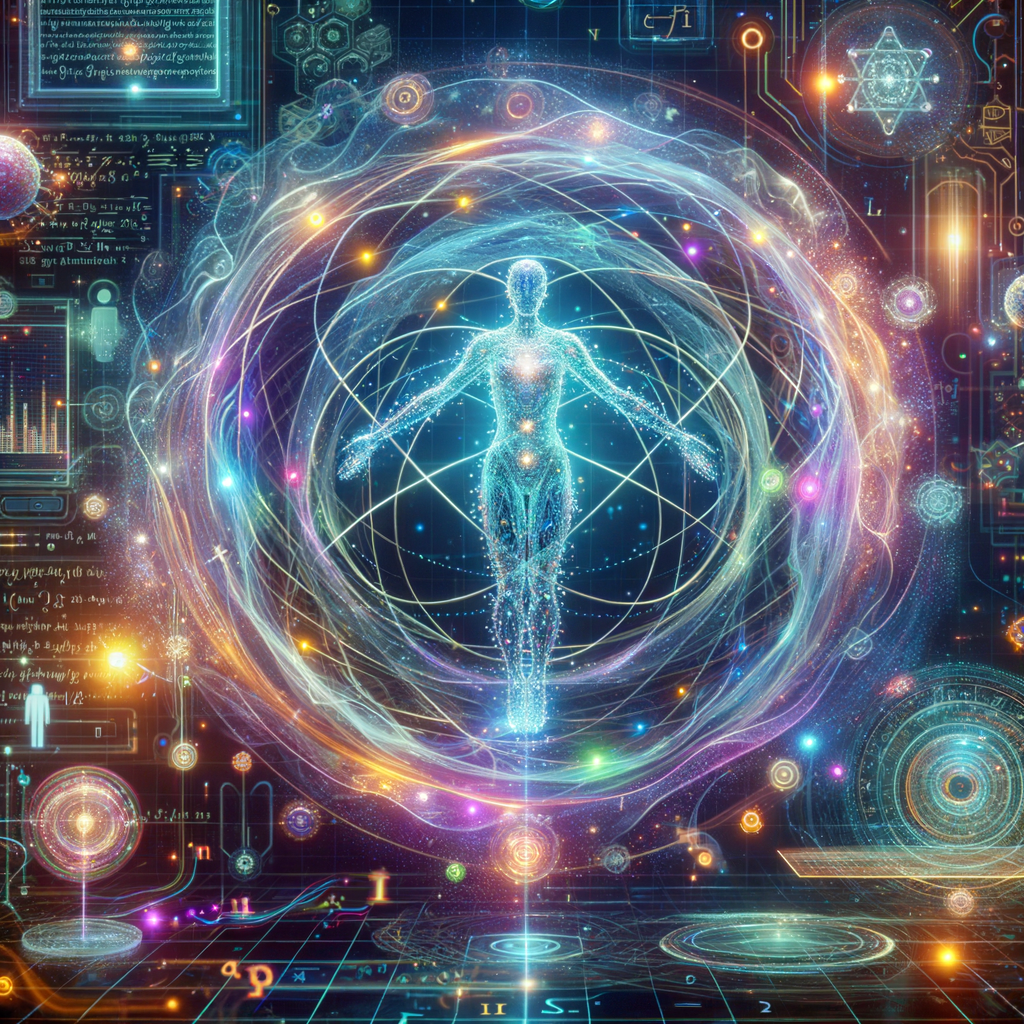 © 2023 / 2024 - QHIQ
© 2023 / 2024 - QHIQIntroduction to Quantic Holographic AI
Quantic Holographic Artificial Intelligence (QHAI) represents a revolutionary approach to the synthesis of quantum computing and AI, combining the strengths of both domains to solve complex problems. As the founder and CEO of Quantum Holographic IQ (QHIQ), I've seen firsthand the transformative potential that QHAI holds. This blog delves into its key concepts, recent advancements, challenges, and future prospects.
Key Concepts of QHAI
At its core, Quantic Holographic AI leverages the principles of quantum mechanics and holography to enhance the processing capabilities of artificial intelligence. Quantum computing allows QHAI to operate on a vastly larger scale of data, using qubits that can represent and process multiple states simultaneously. Holography, on the other hand, enables the encoding and retrieval of information in a way that reduces dimensionality and enhances pattern recognition.
Quantum Entanglement and Superposition
Quantum entanglement and superposition are fundamental principles in shaping QHAI. Quantum entanglement enables qubits to be interconnected such that the state of one qubit can instantaneously affect the state of another, regardless of distance. Superposition allows qubits to exist in multiple states at once, exponentially increasing computational power. By incorporating these principles, QHAI can perform complex calculations at incredible speeds.
def encode_superposition(state1, state2):
# Python code for representing superposition
return state1 + state2
qubit1 = "|0>"
qubit2 = "|1>"
superposed_state = encode_superposition(qubit1, qubit2)
print(f'Superposition: {superposed_state}')
Advancements in QHAI
Recent advancements in QHAI have focused on improving quantum algorithms and developing quantum-holographic neural networks. For instance, Grover's algorithm has been adapted to search unsorted databases more efficiently, while quantum-holographic networks facilitate pattern recognition and image processing tasks at unprecedented speeds. These advancements mark significant milestones in the application of QHAI across various fields, from healthcare to finance.
Challenges in QHAI
Despite its immense potential, QHAI faces several challenges. Quantum decoherence, where qubits lose their quantum state due to environmental factors, remains a significant hurdle. Additionally, the integration of quantum and classical computing infrastructure poses technical and logistical difficulties. Developing error-correction algorithms to mitigate noise and improving qubit fidelity are critical areas of research to overcome these challenges.
def quantum_error_correction(qubit_state):
# Simplified error correction for qubits
corrected_state = qubit_state if qubit_state else '|0>'
return corrected_state
noisy_qubit = None
corrected_qubit = quantum_error_correction(noisy_qubit)
print(f'Corrected Qubit State: {corrected_qubit}')
Managing a Startup in Emerging Technology
Running a startup like QHIQ in the emerging technology of QHAI is both exciting and daunting. One of the primary challenges is securing funding; investors often hesitate due to the perceived high risks and uncertain return on investment. It is essential to demonstrate clear use cases and potential applications to attract funding. Additionally, fostering a team of interdisciplinary experts who can navigate the complexities of quantum physics, holography, and AI is crucial for driving innovation.
Future Prospects of QHAI
The future of QHAI holds immense promise. As quantum computing hardware continues to advance, and as we develop more robust quantum algorithms, QHAI's applications will expand across various sectors. Potential use cases include breakthroughs in drug discovery, optimization problems, climate modeling, and advanced cryptography. The integration of QHAI with the Internet of Things (IoT) and blockchain technology also presents exciting opportunities for next-generation secure and intelligent systems.
def integrate_qhai_with_iot(device_data, quantum_model):
# Example of integrating QHAI with IoT
processed_data = quantum_model.process(device_data)
return processed_data
device_data = {'temperature': 22.5, 'humidity': 45}
quantum_model = QHAIModel() # Hypothetical QHAI model object
result = integrate_qhai_with_iot(device_data, quantum_model)
print(f'Processed IoT Data: {result}')
Conclusion
Quantic Holographic AI stands at the frontier of technological advancement, merging the esoteric realms of quantum mechanics and holography with the pragmatic capabilities of artificial intelligence. By overcoming current challenges and capitalizing on future prospects, QHAI is poised to revolutionize the way we approach data processing, problem-solving, and innovation. As we continue to navigate this rapidly evolving landscape at QHIQ, our mission remains steadfast: to unlock the full potential of quantum-holographic intelligence for the betterment of society.





